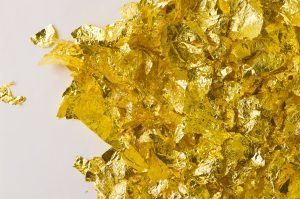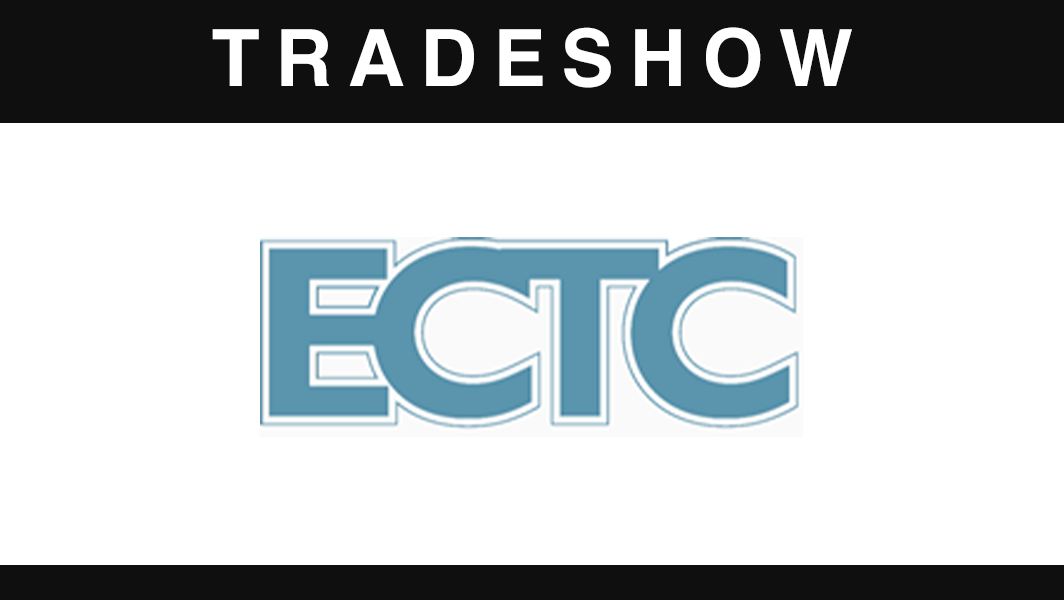NEWS

Wire sawing, whether using abrasive slurry or diamond wire, offers distinct advantages over other cutting methods in many applications. The high precision, reduced kerf loss, and reduced damage of wire sawing can have a substantial effect not only on the cutting process, but also on downstream operations. REDUCED KERF LOSS: The first advantage of wire sawing is reduced kerf loss (the material lost during cutting). Compared with ID saws (0.300 to 0.500mm kerf) and diamond blade saws (0.200 to 3.00mm), a multi wire saw can produce kerfs of less than 0.200mm with slurry, and 0.15 to 0.26mm with diamond wire. This material savings add up; after spending substantial time and money growing a perfect crystal or other material, reducing kerf loss helps save precious material and increase yields. REDUCED DAMAGE: Wire sawing is a relatively gentle process, particularly when cutting with slurry. The gentle, low-force cutting action and fine abrasive leads to reduced depth of damage on the cut surface. This reduction in sub-surface damage means less stress in the material and less material that needs to be ground, lapped, or polished after slicing. Once again this saves material, and reducing the amount of removal necessary after slicing means a customer can cut thinner pieces, further improving yields and lowering cost. The reduced damage also extends to the entry and exit points of the cut – the gentle cutting action means less chipping or other physical damage, leaving clean corners and improving quality. Even cutting with diamond wire, a more aggressive process than slurry, is quite gentle relative to other cutting methods, so many of the same benefits apply. BETTER GEOMETRY : A goal of any cutting method is to create flat, consistent pieces, and here a wire saw excels. TTV, bow, and warp are all minimized. This again reduces the need for post-processing, improving yields. HIGHER THROUGHPUT: On the surface, wire sawing is slow. The trade off of such a gentle cutting method is that the machine moves through the workpiece slowly, so cycle times are long. Despite this, wire sawing is actually very efficient due to the use of multiple wires. A production machine can have hundreds of wires contacting the workpiece simultaneously. As a result, at the end of a single cutting cycle the entire length of material will be completed. On particularly hard materials, using diamond wire can significantly improve throughput, though it can also raise the cost per slice. We examine each application to find the most efficient process. Wire sawing is an excellent solution to many of the challenges facing companies looking to produce wafers and other thin pieces from delicate, valuable, and very hard materials. It is the best solution for slicing silicon carbide, sapphire, GaN, glass, ceramics, and more. Contact GTI today to learn how wire sawing can work for your application.

Many semiconductor devices particularly those made with gallium arsenide (GaAs) or indium phosphide (InP), require the removal of metal layers by etching. Gold, for example, difficult and expensive to remove by etching due to its inertness. Lift off provides an alternative to etching. A pattern is first created in a sacrificial layer of photoresist before the gold is the deposited. The gold adheres strongly to the underlying device layers of GaAs (or deposited insulating layers,) and also to the photoresist which does not adhere as strongly to the device layers. Standard lift-off processes use solvents to remove the resist, and often take the gold with it. The main problems with this process are: redeposition of the gold from the solution onto the wafer, disposal of the solvent is expensive, and reclaiming the gold from the solvent is not easy and it is too costly to throw away. Takatori’s AMR-2200G system provides an effective alternative that does not use solvents! The system applies an adhesive tape to the wafer surface and then lifts it off in a controlled manner designed to match the specific device requirements. The gold on the photoresist is removed with the resist, while the gold adhered to the underlying device layers remains on the wafer surface undisturbed. Benefits of this lift off with tape are: eliminates potential for gold being redeposited on the wafer surface, lowers overall cost since no solvent disposal is need, and makes it easy to reclaim the gold from the roll of tape. This process is used successfully by many GaAs device fabricators. It can be used with many different metals; including gold, indium, and aluminum. Contact GTI today to learn more about Takatori’s tape-based liftoff solution and how it can improve your bottom line.





